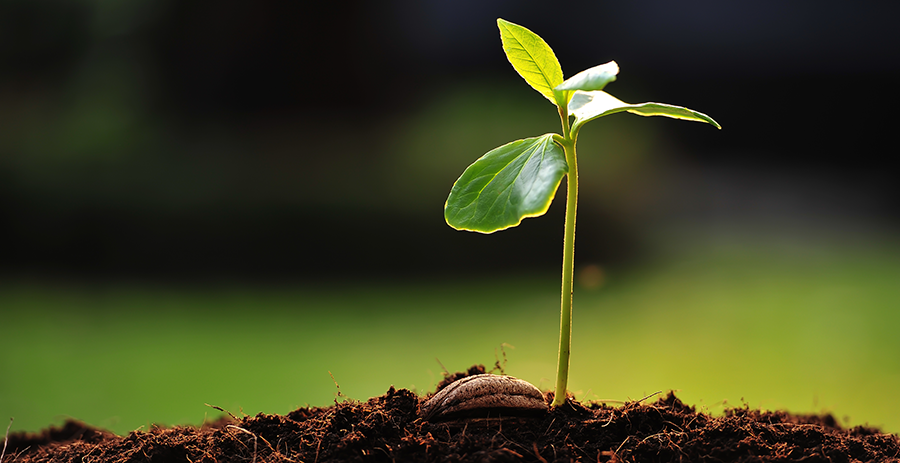The global agricultural industry is currently facing the challenge of deteriorating soil health. To tackle this issue, Australian scientists are exploring the production of sustainable organic nitrogen fertilizer using aquatic cyanobacterial biomass. This type of biofertilizer is suitable for severely damaged areas that are dependent on chemical fertilizers.
According to Associate Professor Kirsten Heimann from Flinders University, "Many soils are degraded and becoming less fertile. This challenges agriculture to produce sufficient high-quality food to feed the continuously growing population, which is further exacerbated by climatic instability threatening crop production."
 |
| Plant |
Flinders researchers, together with US and European scientists, are now studying the functionality of a novel biofertilizer made of freshwater cyanobacterium Tolypothrix. This type of biofertilizer is capable of fixing nitrogen from the atmosphere without requiring further nitrogen fertilization, making it cheaper to produce than alternative microalgal and macroalgal biofertilizers.
The research team found that this non-toxic blue-green algae can be grown in freshwater or slightly saline or industrial wastewater, such as that from coal-fired power stations. Capturing biofuel may also be used to offset production costs.
The energy inputs required to produce Tolypothrix biomass can be offset by generating biogas, which is a methane-rich gas that can be used to dry the biomass to extract high-value health supplement phycocyanin or to produce carbon and nitrogen-rich liquid and solid biofertilizers to remediate soil infertility.
Dr Heimann and his associates recently published a paper in Chemosphere, exploring Tolypothrix generation as a sustainable answer to the question of biological soil enhancement. This approach, when combined with biogas or the spirulina-like nutritional powder, offers "strong economic returns for regional and remote farming communities."
According to Associate Professor Heimann, "Australian soils, particularly those in the marginal wheat belt in Western Australia, are structurally degraded, which cannot be overcome by applications of synthetic fertilizers. To improve soil structure, organic carbon applications are required to return the soils' capacity to sustain a healthy soil microbiome and to improve the soils' cation exchange of nutrients and water-holding capacity."
The group explained that converting pond-generated cyanobacterial biomass produced on farming land could offer a massive in-situ source of renewable nitrogen-rich fertilizer, thus also aiding the reduction of carbon emissions from chemical fertilizer production and transport.
The United Nations estimates that the global population will reach 8.5 billion in 2030, 9.7 billion by 2050, and 10.9 billion in 2100. As a result of projected population growth, higher energy and food demands are expected in the future. These projections promote research into biofertilizer and biogas production through sustainable energy generation, utilizing waste organic material or controlled production of biomass like microalgae and multicellular cyanobacteria.
Previous studies have shown photosynthetic fixation of CO2 by cyanobacteria of 100 to >200 tons CO2ha−1y−1 under outdoor cultivation conditions in open ponds, raceway ponds, photobioreactors, and attached growth bioreactors. Further studies indicate that Tolypothrixsp, a freshwater cyanobacterium, is filamentous and forms aggregates that self-flocculate, making it easy to harvest from suspension cultures, reducing dewatering expenses by up to 90%.